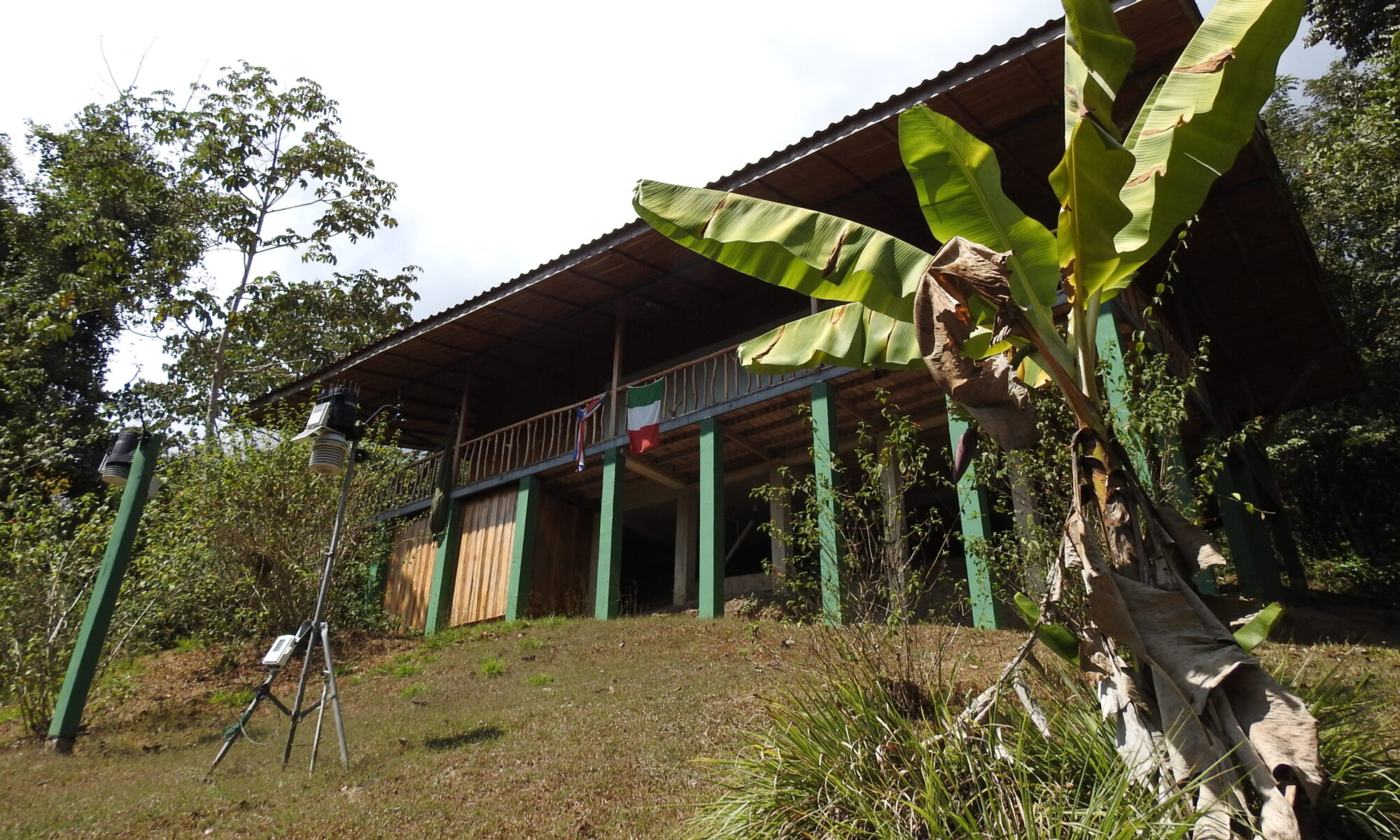To complete Prof. Di Renzo’s article about what we learned from the experience of CoViD-19, in which he listed a series of clinical manifestations of the new virus and other valuable information about behaviors to be taken, I would like to add the role of ACE-2 receptors that appear expressed and over-expressed to varying degrees in those who have been infected.
These receptors, mainly located in the pulmonary alveoli, are important co-receptors for the entry of the virus due to the specific interaction with the viral spike proteins. The ACE / AngII / AT1R intracellular axis that is activated then causes the release of proinflammatory cytokines such as IL-6 and TNF-alpha with the serious damage that results.
The most interesting and alarming thing is that the overexpression of ACE-2 in the lung alveoli has been related to a chronic exposure to environmental pollution, in particular from PM 2.5. The expression of ACE-2 develops “normally” consequently and in protective and remedial terms against this chronic exposure to airborne contaminants, but unfortunately it involuntarily also becomes a key to the entry of the virus. The following considerations are evident, the virus has consistently affected more in those populations that are more exposed to environmental contamination by PM 2.5 because they already overexpress the ACE-2 receptor in their lungs. This may explain the high variability in the clinical presentation ranging from asymptomatic patients to patients who present a mild, moderate or severe form of the disease.
This may also explain the low incidence of the most severe syndrome in children, the limited exposure to PM 2.5 due to their young age may have exempted them from overexpression of the ACE-2 pulmonary receptor.
I remember that also the chronic nicotine exposure of tobacco smoke causes overexpression of ACE-2 and not for nothing a high morbidity to CoViD-19 is present in chronic smokers.
The above, obviously, does not want to exclude other possible causes that are still under study.


